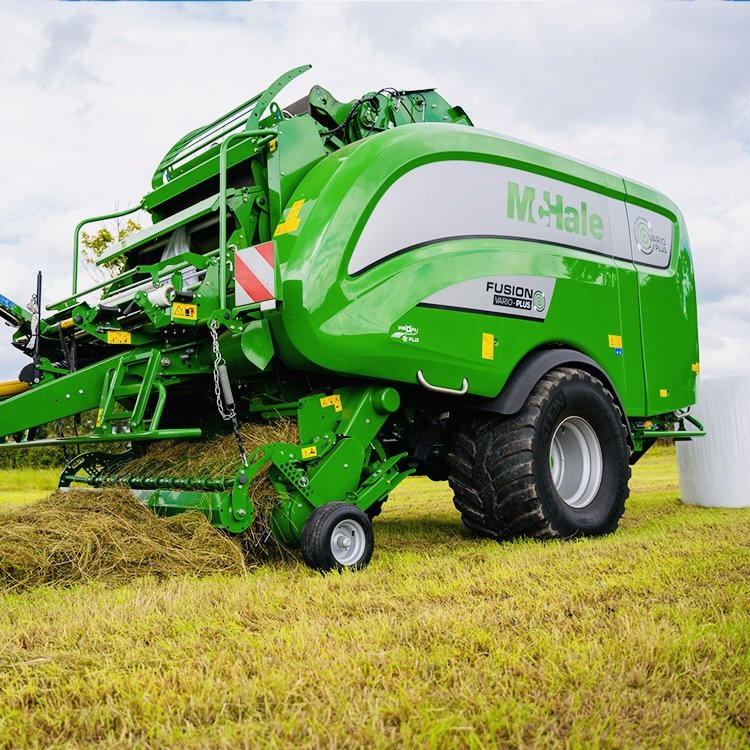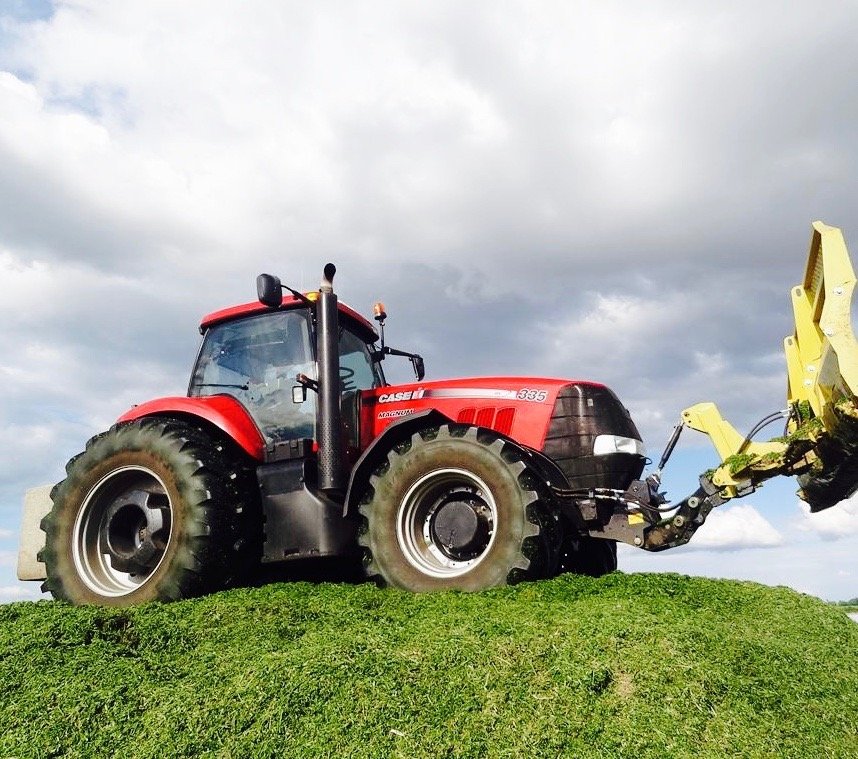
Cost of bale silage vs clamp silage
Spending a fortune on a new silage clamp has got to have a payback; it has got to make financial sense and the reduction in harvest costs might be one of the most important areas to study. That means it’s vital to calculate the costs of making silage in bales against the cost of making silage in a clamp.

How to keep silage effluent off clean areas?
A sleeping policeman or a channel across the front of the silage clamp? Which should you choose, and is there another option to consider?

What’s the cheapest way to build a silage clamp?
a silage clamp is a business investment and so the optimum solution should be the lowest capital cost for the anticipated outcome. In other words how do you spend the least on a clamp and still get good silage out of it?

Are remote silage clamps a good idea?
faced with land spread over half a dozen counties, where the hell do you build the silage clamps to hold all this stuff?

Are fibres in concrete silo floors worth the cost?
Is it worth paying to have fibres added to your ready mix concrete for a new silage clamp?

Automated silage clamp sheeting - fantasy or future?
a machine that sheets the whole silage clamp, weighs the covers down and can also do the whole thing in reverse to open up for feeding

Can you build your own silage clamps?
Is it a good idea to use a specialist builder to construct your new silage clamp and how do you decide who to trust?

Who should design a silage clamp?
…rules are there to make sure the silage stored in a clamp doesn’t cause pollution and that’s a good thing, ……in essence the rules are there to make sure someone has thought about the clamps and designed a compliant structure.

What is the best concrete for a silage clamp?
what’s the best concrete for a silage clamp and what’s the difference between good concrete and bad concrete when not comes to silage storage?

Should a silage clamp have a roof?
the answer to the question “should your silage clamp have a roof” is - only if its raining! …... if you're going to be stuck with either a fibre cement roof or a clear view of the heavens - which one are you going to choose?

Designing silage clamps for year round feeding
how do you design silage clamps for cows housed 365 days a year and is there any difference to a traditional winter fed clamp design?

How to predict silage clamp losses
Trying to predict what these losses might be and where they might be occurring

What is the ideal width for a silage clamp?
The chosen width of the clamp is super critical in design process. For any given storage size, the width of the clamp is the real dictator in the design layout.

Silage Clamps and Big Tractors
Back in the day a tractors all up weight was unlikely to come anywhere near to the clamp limits but today it’s extremely likely to overload the clamp walls.

Half full or half empty?
Poor establishment or untried varieties can produce yields that don’t live up to expectations. So if you’re faced with a taster sized portion of forage when you have clamp room for a banquette, what are your best options?

Aerobic instability in silage and what you can do to control it.
Aerobic stability is the one single area where most farmers can reduce the losses and improve the physical and financial performance of their forage based enterprise. And just to grab your attention – if you get this bit wrong, you can lose 40% of the feed value of your silage!

Silage clamp floor falls
So why do most silage clamps have floors that are not level? The reason often quoted is “so the effluent can run out” but this is not really the whole story.

Is it possible to make silage clamp walls higher?
Running out a silage clamp space is problem that most of us have faced, be it a bumper year or expansion in the enterprise. If you didn’t stick to the old adage “build it twice as big as you want and it will be half as big as you need” when it was constructed, there will come a time when you need to consider more clamp capacity.

The value of dividing walls
Introducing a dividing wall into your silage clamp might just be one of the better investment paybacks any farm can make.

What’s the best silage clamp floor?
Concrete silage clamp floors are part of the landscape, it’s what we have always done, but is there a better way? There might be - and there certainly should be -